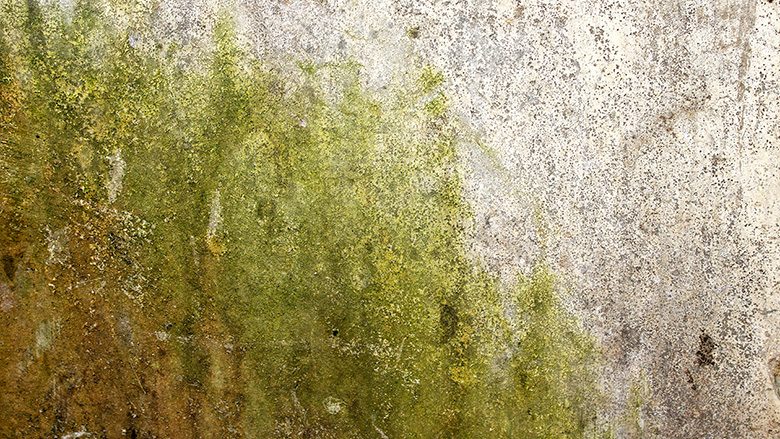Forget the Crowbar and Cancel the Dumpster

In fall 2008, approximately 5,000 square feet of Ipe floors was installed in a commercial building in a major metropolitan area. Shortly after the installation, cupping (concave surface) was noticed throughout the building. This was most unfortunate, as the multi-use building was slated to open in less than 2 months.
The builder called Howard Brickman, a wood-floor consultant from Norwell, Mass. During the initial inspection he observed cupping throughout the nearly completed building, varying from slight to moderate. The moisture content of the Ipe flooring was 7.5% to 9%. The moisture content of the FRT plywood (fire-retardant plywood) ranged from 18% to 30%. The moisture content should be between 8% and 10%; the excessive moisture in the plywood subfloor caused the cupping.
The typical solution would be to tear out the floors and throw them away. Although this quickly eliminates the cupped floors, the subfloor must also be removed or dried. In a building that is very close to completion, there would be damage to other finished surfaces that would require repainting and repairs, and equipment and furnishing would have to be removed and stored off-site. Tearing out the floors would take weeks, the contents would have to be moved out, many of the walls would have to be repainted and the materials – including 5,000 square feet of Ipe – would have to be available immediately. The price tag on tearing out and replacing the floors would be close to $500,000.

The air that supplies the portables comes from the interior of the building. The air is heated and then directed onto the surface of the floor. The warm air (with an RH of approximately 2%) causes the water vapor to evaporate from the exposed materials inside the containment area. This evaporation absorbs heat because it is causing individual water molecules to move away from the wood substance, to which there is an electrically charged attraction. The fans and blower of the portable move the moisture laden air toward the return ducting. The units are designed to recover the heat from the return air with a heat exchanger, then exhaust the return air outside the containment area.
The builders and the flooring contractor, a 50-plus-year veteran of the flooring industry, had never dried a subfloor before and were very skeptical. The flooring contractor was afraid the heat and low humidity would damage the surface of the Ipe boards. To allay his fears, a test was performed in a small area.
Approximately 80 square feet of floor was sanded. A containment was built using PVC piping and 6-mil poly. Initial moisture content readings were taken, and the portable and several air movers were put in place. The portable was turned on around noon and shut off 48 hours later.
The moisture content of the FRT plywood was down to 9% (the desired MC is 8%-10%), with no damage to the Ipe boards. The test showed the builder, the building owner and the flooring contractor the potential for drying the flooring instead of tearing it out, and also set a baseline drying rate so a schedule could be created for the rest of the building.
Brickman set the sanding, drying and refinishing protocol. Once the floors were sanded, containment was built; the portables were employed to dry the areas with the goal of attaining 9% MC in the subfloor; each area would take 48 to 72 hours to reach the desired MC. Moisture content readings would be taken every 4 to 8 hours. Once an area had reached the desired goal, the portable would be moved to the next containment area.

Once the subfloors were at an acceptable moisture content, we took down the containment was taken down and the temperature of the floor and subfloor was allowed to equilibrate, after which the flooring contractor refinished the space.
The process worked beautifully. The subfloor was dried in place and the Ipe floors were refinished. The project helped influence the way builders, general contractors, flooring contractors and drying contractors would handle cupped floors in the future, and saved the builder over $250,000 in the present.
( Howard Brickman is the owner of Brickman Consulting, based in Norwell, Mass. He can be reached at info@brickmanconsulting.com or by calling 781-659-7209.)
Looking for a reprint of this article?
From high-res PDFs to custom plaques, order your copy today!


